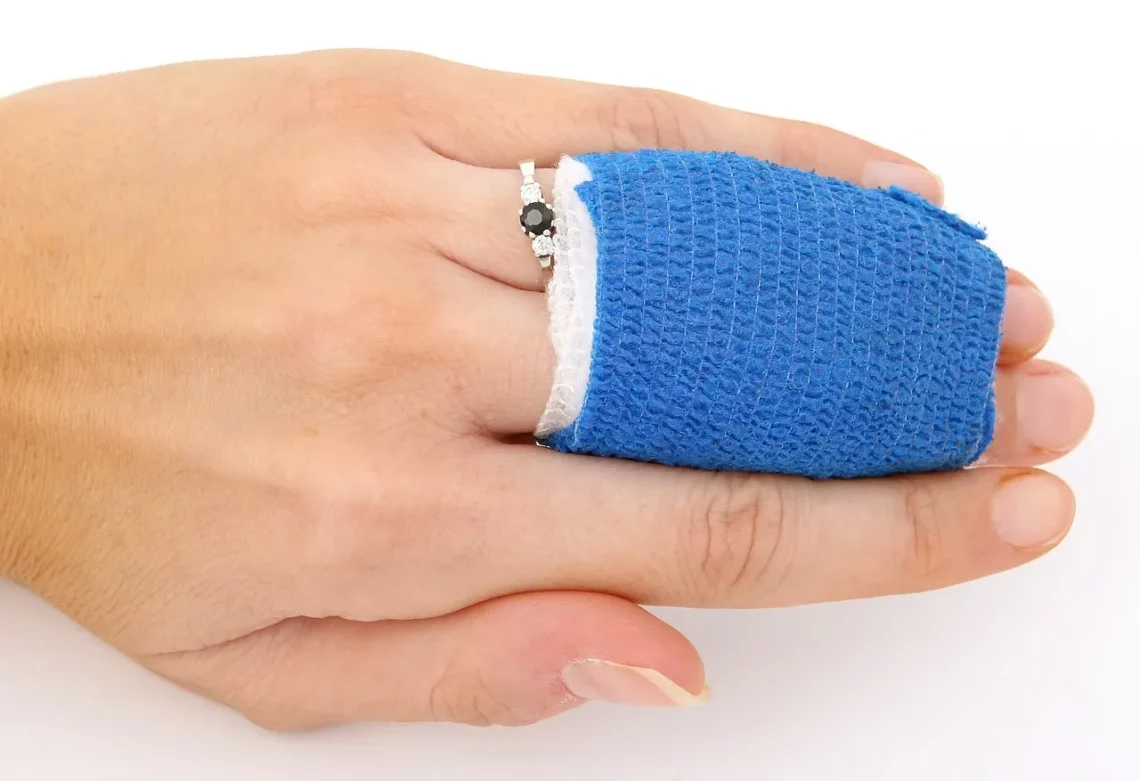
Understanding and Treating Dog Bite Scars: A Comprehensive Guide
Dog bites can leave lasting physical and emotional marks, both on the victim and the animal involved. The scars that result from these incidents can vary significantly in appearance and severity, depending on numerous factors, including the depth of the bite, the location on the body, and how well the wound was treated. For many individuals, these scars serve as a constant reminder of a traumatic experience, potentially affecting their self-esteem and mental well-being.
Understanding the nature of dog bite scars is crucial for those affected, as it can guide them in seeking appropriate treatment and support. In addition to the physical implications of these scars, there are often psychological aspects that need addressing. The fear and anxiety associated with dog bites can linger long after the physical wounds have healed.
In this guide, we will explore the various types of scars that may result from dog bites, the treatment options available, and the emotional journey that often accompanies physical healing. This comprehensive approach ensures that individuals not only address their physical scars but also consider the psychological impact of the experience.
Types of Scars from Dog Bites
Dog bite scars can manifest in various forms, each presenting its unique characteristics. Understanding these types is essential for determining the appropriate treatment and care.
One common type of scar resulting from dog bites is the keloid scar. Keloids are raised scars that occur when the body overproduces collagen during the healing process. They can vary in color and texture and may continue to grow even after the wound has healed. Keloids are more common in individuals with darker skin tones, but they can affect anyone.
Another type is the hypertrophic scar, which also results from excessive collagen production but differs from keloids in that it typically remains confined to the boundaries of the original wound. Hypertrophic scars may appear raised and red but often fade over time.
Atrophic scars are another consideration. These scars are characterized by a loss of tissue and can appear as indentations in the skin. They commonly occur when a wound does not heal properly or becomes infected.
In addition to these types, there are also contracture scars, which develop when the skin pulls together during the healing process, potentially limiting mobility in the affected area. This type of scar is more common in deeper bites that affect the underlying tissue and muscles.
Understanding the different types of scars can help victims of dog bites identify what they might be dealing with and seek appropriate treatment. Each scar type may require a different approach, whether it’s topical treatments, surgical intervention, or other medical procedures.
Treatment Options for Dog Bite Scars
When it comes to treating dog bite scars, several options are available, and the best choice often depends on the type and severity of the scar.
For minor scars, topical treatments can be effective. Silicone gel sheets or silicone-based creams are commonly recommended for reducing the appearance of both hypertrophic and keloid scars. These products help to hydrate the scar and create a protective barrier, promoting a more favorable healing environment.
In cases of more severe scarring, laser therapy may be considered. This technique uses focused light to resurface the skin and improve its appearance. Laser treatments can target pigmentation issues, reduce redness, and stimulate collagen production, leading to smoother skin over time.
Dermal fillers can also be utilized for atrophic scars. These fillers work by adding volume under the skin, helping to raise the depressed areas and create a more even skin texture. However, this is a temporary solution, and repeat treatments will be necessary to maintain the results.
For those with contracture scars, surgical intervention may be necessary. A plastic surgeon can perform procedures to release the tightness of the skin and improve mobility. This approach may involve skin grafts or other reconstructive techniques, depending on the scar’s severity and location.
It’s essential for individuals to consult with a healthcare professional to determine the most suitable treatment for their specific situation. Personalized assessment ensures that the chosen method aligns with the individual’s needs and expectations, ultimately leading to improved outcomes.
The Psychological Impact of Dog Bite Scars
Beyond the physical aspects, the psychological impact of dog bite scars can be profound. Scars can serve as constant reminders of trauma, leading to feelings of anxiety, fear, and low self-esteem.
Many individuals who have experienced dog bites report a heightened fear of dogs, even if the incident was isolated. This fear can lead to avoidance behaviors, where the individual steers clear of environments or situations where dogs might be present. Over time, this can limit social interactions and create feelings of isolation.
Additionally, individuals may struggle with body image issues related to their scars. The visible nature of scars can lead to self-consciousness, impacting one’s willingness to engage in activities such as swimming or wearing short sleeves. This struggle with body image can contribute to anxiety and depression, further complicating the healing process.
Therapeutic interventions, such as counseling or cognitive-behavioral therapy, can be beneficial in addressing these psychological impacts. Speaking with a mental health professional allows individuals to process their emotions and develop coping strategies for managing their fears and insecurities.
Support groups can also provide a sense of community and understanding for those who have experienced similar traumas. Sharing experiences and coping mechanisms can foster resilience and promote healing in both emotional and physical contexts.
It’s crucial for individuals dealing with dog bite scars to prioritize their mental well-being alongside their physical treatment. A holistic approach that addresses both aspects can lead to a more comprehensive healing journey.
Preventing Dog Bite Injuries
While understanding and treating dog bite scars is essential, prevention is an equally important aspect to consider. Educating the public about safe interactions with dogs can significantly reduce the incidence of bites and subsequent injuries.
One key aspect of prevention is promoting responsible pet ownership. Dog owners should ensure their pets are well-trained and socialized, reducing the likelihood of aggressive behaviors. Regular visits to a veterinarian can help identify and address behavioral issues before they escalate.
Public education campaigns can also play a vital role in prevention. Teaching children how to interact with dogs safely—such as asking for permission before petting a dog and recognizing canine body language—can help reduce the risk of bites.
In addition, understanding the signs of fear or stress in dogs can be beneficial. Dogs that are anxious or uncomfortable may be more likely to bite if approached. Teaching individuals to recognize these signs can help them avoid potentially dangerous situations.
Finally, advocating for leash laws and responsible dog management in public spaces can assist in preventing bites. Ensuring that dogs are always leashed, especially in crowded or unfamiliar areas, can help protect both the dogs and the people around them.
By focusing on prevention, we can work towards reducing the occurrence of dog bites and the scars that often follow. Education and responsible practices play a crucial role in fostering safe interactions between dogs and humans.
**Disclaimer:** This article is for informational purposes only and should not be considered medical advice. For health-related issues, always consult a qualified healthcare professional.




